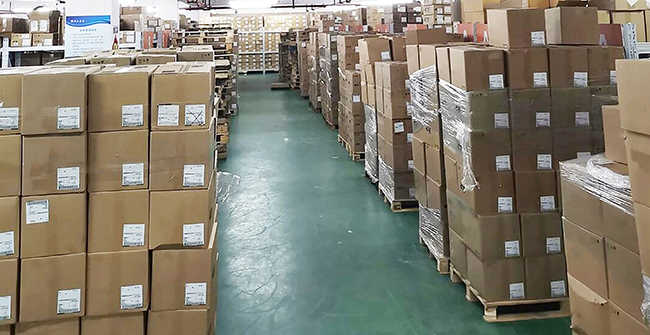Electronic components are the foundation of modern electronic products and circuits, and ensuring their quality and performance is very important for the reliability of the final product. The process of inspecting and screening electronic components can help electronic engineers and technicians identify qualified components, thus reducing the failure rate and improving the overall system performance. The following are the common steps for inspection and screening of electronic components.Therefore,TE ConnectivityOnly then will more and more pump owners cheer for it and spread the value and function of the brand. https://www.asourcingelectronics.com/product/detail/store/3147499/770583-1.html
1. Prepare tools and equipment
Before starting the inspection, it is necessary to prepare necessary tools and equipment, including multi-purpose electric meters, oscilloscopes, special test instruments (such as capacitance meters and inductance meters), and some conventional equipment during manual inspection, such as magnifying glasses and antistatic gloves.
2. Visual inspection
It is an important step to make a preliminary inspection of components. Observe whether its appearance is complete and clean, and whether there is obvious damage, deformation, cracking or corrosion. Poor appearance may affect the performance and reliability of components, so it is necessary to eliminate defective components.
3. Parameter testing
Use multi-purpose ammeter or special instrument to measure the basic electrical parameters of components. For example:
Resistor: Measure its resistance value to ensure it is within the rated range.
Capacitor: Use a capacitance meter to measure the capacitance, check whether it meets the nominal value, and confirm its leakage current and equivalent series resistance (ESR).
Diodes and transistors: test their on and off characteristics to confirm whether their polarity and gain meet the standards.
Integrated circuit: use oscilloscope and logic analyzer to check whether its function is normal.
4. Performance test
For some special applications, more in-depth performance testing may be needed. For example, power management IC may need to be tested under different load conditions to judge its stability and efficiency. Ensure that all data are recorded during the test for later analysis.
5. Reliability testing
According to the demand, some components may need accelerated aging test, temperature cycle test or humidity test to evaluate their durability and stability. This kind of test can help to judge the performance of components in different environmental conditions.
6. Data analysis and classification
After all the tests are completed, it is necessary to analyze the recorded data and classify the components. Qualified components can be marked as available, and unqualified components should be properly handled to avoid misuse in production. This link is very important, because it directly affects the subsequent product quality.
Inspection and screening of electronic components is an important link to ensure the quality of electronic products. Through rigorous appearance inspection, parameter test, performance test and reliability test, qualified components can be effectively screened out, the failure rate can be reduced and the overall performance of the product can be improved. In practice, standardized procedures and records are the key to improve the efficiency and accuracy of inspection.